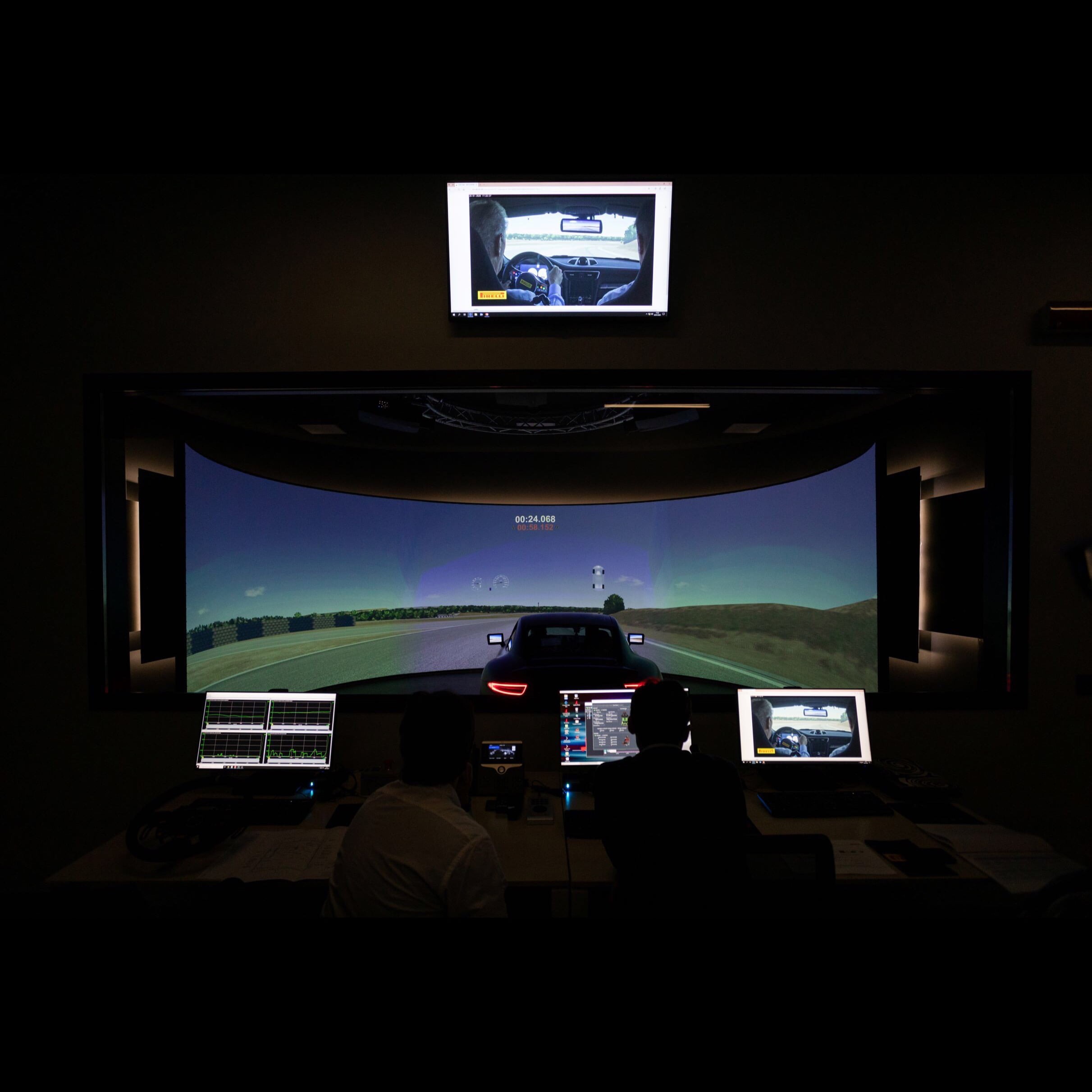Pirelli’s new tire development stimulator reducing lead times by 30% and enhancing sustainability
Pirelli’s new tire simulator, recently introduced at the company’s renowned research and development division in Milan, will reduce development time, as well as the number of physical prototypes needed to create a finished product. The advances achieved by this simulator will further enhance the close working partnerships between the Italian firm and the world’s best-known car manufacturers. The new simulator aims to accelerate development cycles and testing, which will reduce lead times and lead to faster development processes between Pirelli and key producers of prestige and premium vehicles. Courtesy of this cutting-edge technology, Pirelli has achieved a 30% reduction in average development time for new tires, both for the road and motorsports, thanks to the faster assessment of virtual prototypes produced for different car models. The new simulator makes it possible for different development parameters to be remodeled rapidly, leading to a faster exchange of digital information between Pirelli and the world’s car manufacturers.
The new simulator is the latest installment in Pirelli’s far-reaching digitalization strategy.
Compared to traditional development methods, the simulator allows the virtual model of any car, either supplied by the manufacturer or produced internally, to be quickly programmed into the system while
design and development work can also be carried out on the manufacturer’s own simulator. This means that tire development lead times remain in step with those of the cars that they are destined for, an important factor as new vehicle models are coming out more frequently in recent years. Moreover, the use of a simulator to maximize the virtual development phase means that the number of physical prototypes used is reduced, which supports Pirelli’s sustainability policy by minimizing the resulting impact on the environment.
Formula 1 technology takes to the road
Advanced simulation has already been used for more than 10 years during the design and development of Formula 1 and other motorsports tires. This new simulator technology, paired with the rich experience of
Pirelli’s research and development department, which is also being utilized for consumer tires.
The simulator is produced by VI-grade and consists of a 210-degree panoramic screen, 24.6 feet in diameter, which visually reproduces a wide range of different driving conditions, roads, and circuits. At the heart of the system is a static car equipped with various active technologies to accurately reproduce the sensations that any driver would feel in a real car, including the seat, steering wheel, seat belts, and different shaker systems, which precisely replicate the movements of the suspension and engine.
The whole process is coordinated by a control room, which can program the simulator to reproduce the different technical specifications of any tire or car. The results are carefully logged, measuring the interaction between the tire and the “road.” as well as all other parameters relevant to tire behavior. This data can then be added to the subjective impressions felt by the test “driver.” The important work carried out on this simulator can be integrated with the dynamic simulator project (designed to reproduce lateral and longitudinal accelerations, as well as rotations) which will be installed at Politecnico di Milano. Pirelli has enjoyed a long collaboration with this institution, carrying out test work complementary to all the activities at the company’s own research and the development center in Milan.









